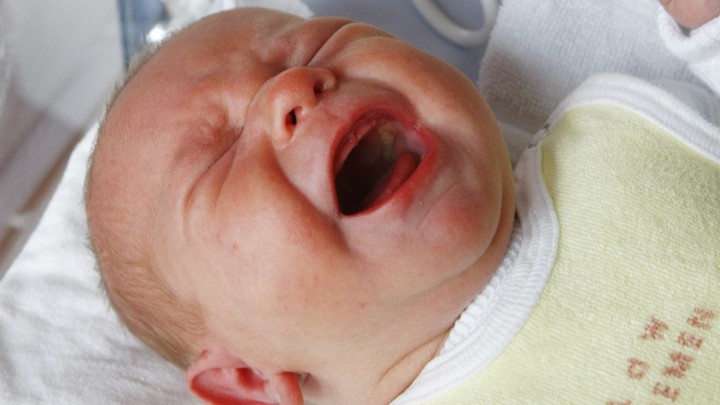Hospital As Sound Experience: A Musician’s Critique
The Hospital Is Too Damn Loud
The average hospitalized patient endures 350 alarms each day.
When the musician Yoko Sen was hospitalized a few years ago, she could not help but hear the hospital’s many alarms as a musician. Consider a cardiac monitor that beeps in C, she says, along with a bed-fall alarm that emits a high-pitched whine. Together, the two make a sound so dissonant that the combination of notes was once called the “devil’s interval.”
One study found that noise levels during the day are 72 decibels, the equivalent of running a vacuum cleaner. Another study counted the number of alarms that went off over 12 days, and it amounted to an average of 350 alarms per patient each day. For one type of breathing monitor, 90 percent of the alarms were false positives.
All these sounds can make sleeping in an ICU hard. And given the importance of sleep to health, that means all these sounds can make healing harder. That’s the central irony, of course: These alarms are meant to keep patients safe and their families aware. Sen remembered talking with one caregiver who said the constant beeping of the cardiac monitor sounded to her like “a ticking time bomb.”
Hospitals have taken other steps to reduce noise, down to rethinking the very design and material of hospital buildings. Smooth, loud surfaces, for example, are easy to disinfect, but they bounce sound around. Hospitals have tried things as simple as installing (and meticulously cleaning) carpet. Dimming the lights can encourage softer voices. Sometimes, tweaking seemingly unrelated practices can help. At Johns Hopkins University, a study found that changing the electrodes on heart-rate monitors cut the number of alarms in half, due simply to the number of false alerts from poor connectivity.
Sen remembered listening to the beeping and the chaos when she was in the hospital and wondering if those were the last sounds she would ever hear. They certainly weren’t what she wanted to hear.
photo: Joerg Sarbach/Ap
